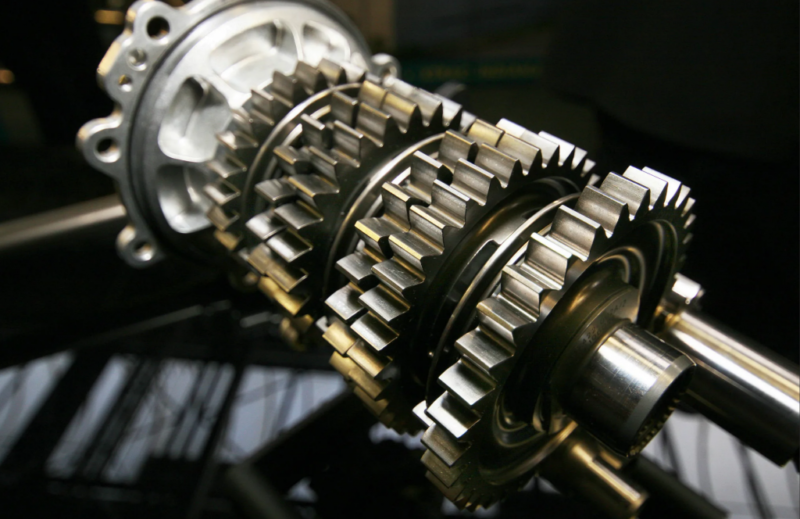Ford 10R60 Transmission Problems
When it comes to the Ford 10R60 transmission, there are a number of common problems that can arise. In this article, we will discuss these issues, the symptoms and signs to look out for, the potential consequences of ignoring them, and the repair costs associated with fixing them.
Common Problems
One of the most common problems with the Ford 10R60 transmission is slipping. This can occur when the transmission fails to engage properly, causing the vehicle to jerk or hesitate when shifting gears. Another common issue is rough shifting, where the transmission shifts gears harshly or with a noticeable jolt. Additionally, leaks can develop in the transmission, leading to a loss of fluid and potential damage to the internal components.
Symptoms and Signs
Slipping
- Jerking or hesitation when shifting gears
- RPMs increase without a corresponding increase in speed
Rough Shifting
- Harsh or jolting shifts between gears
- Noise or vibration during shifting
Fluid Leaks
- Puddles of fluid under the vehicle
- Burning smell coming from the transmission
Consequences

If left unaddressed, these transmission problems can lead to more serious issues with your vehicle. Slipping can cause damage to the internal components of the transmission, while rough shifting can put additional strain on the gears and clutches. Fluid leaks can result in a loss of lubrication, leading to overheating and potential transmission failure.
Repair Cost
The cost of repairing a Ford 10R60 transmission can vary depending on the extent of the damage and the specific components that need to be replaced. On average, you can expect to pay anywhere from $1500 to $3500 for a transmission repair. However, this cost can increase if additional issues are discovered during the repair process.
| Transmission Troubles | Repair Cost |
|---|---|
| Slipping | $1500 – $2500 |
| Rough Shifting | $2000 – $3000 |
| Fluid Leaks | $2500 – $3500 |
In conclusion, it is important to address any transmission problems with your Ford 10R60 promptly to avoid more costly repairs down the line. By being aware of the common issues, symptoms, and consequences, you can take proactive steps to keep your vehicle running smoothly.
